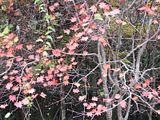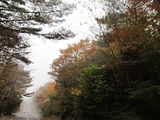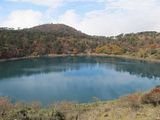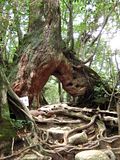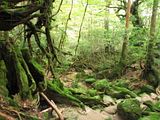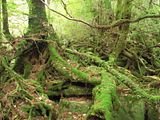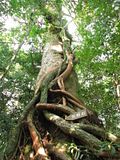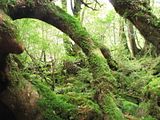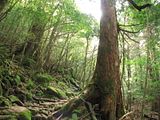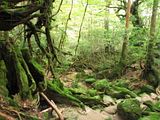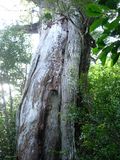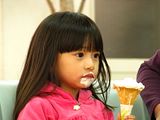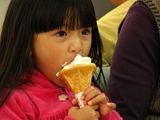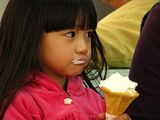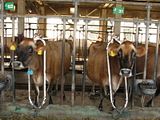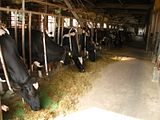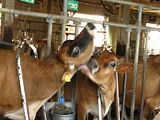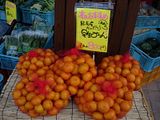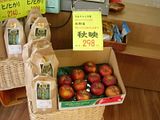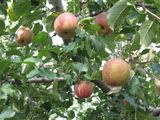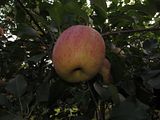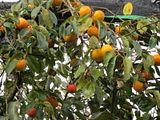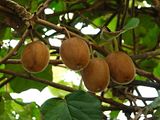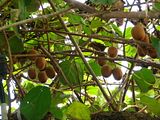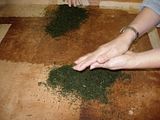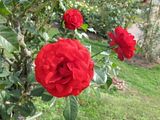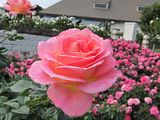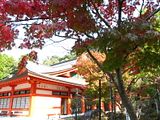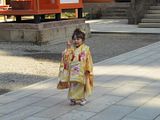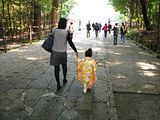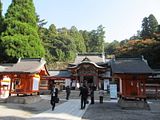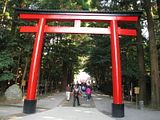Kinwashi Tour Japan Thread
-
-
Is a must when you are heading kyushu, from A to Z.
-
 autumn maple on my way back from Chiran to Kagoshima city.
autumn maple on my way back from Chiran to Kagoshima city. -
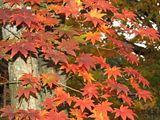
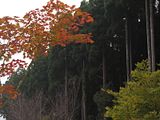

-
Knn bro all ur pics steam man me no $$ to to there......sad......
-
kin, u got see toyota iQ on the road bo? The cute 1.0 toyota 2 seater car....
-
No...only this kind back from Yakushima along the way. Plenty.
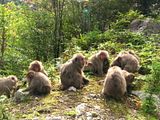
-
http://www.youtube.com/watch?v=k3iWeWxCWOk
the above pictures is what we are talking about.... The World Nature Heritage ranking of Yakushima island. upon reaching the top and along... this are all about what I saw.
Saw some peoples even stay over there night camping waiting for the morning sunrise view, will you do it.
-
Folks...So those eerie pictures hard to accept.
Why? its so famous.
-
Stay tune more upload of nice pictures.
-
Wah swee leh bro~~
-
Originally posted by komade:
Wah swee leh bro~~
More...another attaction Kanoya (鹿屋市 Kanoya-shi) is a city located in Kagoshima, Japan.
South of Sakurajima and north of Cape Sata, Kanoya is an agricultural community on the Osumi Peninsula. It is famous for black beef, black pork and the Kanoya Rose Garden. Kanoya's most recent major architectural development was Rina City. Rina City offers a 24-hour grocery store, a mini-theater, fitness room, and several spaces for entertainment and cultural activities.
Kanoya Rose Garden, happen this rose festival was held just in-time on our arrival mid Oct mid Nov. So we decided to cover this.
Boasting as having the area mass of almost 20 acres, 4000 kinds of roses, and 50,000 flowers in total, the Kanoya Rose Garden is considered one of a kind in Japan. The Kanoya Rose Festival is held twice a year, in Spring and Autumn. There are many events mostly organized by volunteers.
-
kin, when u go japan eat fish again? one trip spend 10K?
-
http://www.youtube.com/watch?v=y7P-19HQYPA
This is Kanoya Rose Garden.
Bro Komade
Bangkok rose garden and recent Vietnam you seen liao, let me show you what i got for your those beautiful rose shots from Kanoya.
-
Originally posted by ALN:
kin, when u go japan eat fish again? one trip spend 10K?
Haha no need so much...lah.
only some amount set aside per day on taxi driving, so me and my wife will be planing another trip on May next year place we already decided still south.
-
Originally posted by kinwashi:
http://www.youtube.com/watch?v=y7P-19HQYPA
This is Kanoya Rose Garden.
Bro Komade
Bangkok rose garden and recent Vietnam you seen liao, let me show you what i got for your those beautiful rose shots from Kanoya.
Wah swee swee leh bro, but hor i like the other kind of vietnam "rose"...... :P
-
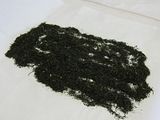
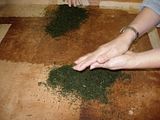 green tea production keeps tea
green by steaming tea leaves and parching in order to stop fermentation. After
that, rough finishing is in the process of rubbing and drying. Finishing are in
the process of selecting rough finished tea and drying as well as blending. Hand
rubing production method. The purpose of rubbing tea is to force tea leaves in
order that tea leaves organization and cell membranes are destroyed so that its
ingredient will be obtained easily.In late 19th century (Meiji period), many
hands rubbing tea production methods are invented. After that good points of
many production methods were gathered and standardized to a tea production
method ( 1953 method). Hence standard hand rubbing tea production method was
determined.
green tea production keeps tea
green by steaming tea leaves and parching in order to stop fermentation. After
that, rough finishing is in the process of rubbing and drying. Finishing are in
the process of selecting rough finished tea and drying as well as blending. Hand
rubing production method. The purpose of rubbing tea is to force tea leaves in
order that tea leaves organization and cell membranes are destroyed so that its
ingredient will be obtained easily.In late 19th century (Meiji period), many
hands rubbing tea production methods are invented. After that good points of
many production methods were gathered and standardized to a tea production
method ( 1953 method). Hence standard hand rubbing tea production method was
determined.
 Steaming
SteamingTea leaves are steamed in short time and cooled down rapidly (30seconds to 40 seconds.)
First rubbing
There are 3 process, Hafurui (selection tea leaves), Kaitenntumi (turning rubbing), Tamatoki ( untied tea lumps)
In the process of Hafurui, steamed tea leaves are sifted out equally and make tea leaves water 80%. (30 minutes to 50 minutes).

 In the process of Tamatoki.tea lumps made
from rubbing are untied.
In the process of Tamatoki.tea lumps made
from rubbing are untied.
In the process of Kaitentsumi, tea leaves are forced in order that water in tea leaves evaporated
. In the beginning it is called Keikaiten (light turning).In the end of Kaitentsumi, it is called Jukaiten (heavy turning).
Waters in tea leaves are reduced to 50% (40minutes to 50 minutes).
In the process of Tamatoki.tea lumps made from rubbing are untied.
 First processing
First processing
After Tamatoki is done, tea leaves are out from tea hearth and cooled down rapidly as well as equalized water in tea leaves in order to do finishing rubbing easily.

 In the process of Dengurimomi, tea leaves
are rubbed to shaped needle like shape. (10 minutes to 20 minutes.)
In the process of Dengurimomi, tea leaves
are rubbed to shaped needle like shape. (10 minutes to 20 minutes.)
 In the process of Kokuri, tea leaves are
shaped further and are polished to gloss. (10 minutes to 20 minutes).
In the process of Kokuri, tea leaves are
shaped further and are polished to gloss. (10 minutes to 20 minutes).
 Drying
Drying
Tea leaves are sprinkled and turned over few times as well as dried. Water of tea leaves reduced until 40% in this process. (30 minutes to 40 minutes).
There are many hand rubbing production methods such as Utita-ryu, Ogasamomikiri-ryu, Kouzu-ryu,Kaisin-ryu, Kaitou-ryu, Kawakami-ryu, Kyoukai ryu, Seito-ryu, Seicho-tyu, Kurakai-ryu, Tamuta-ryu.
